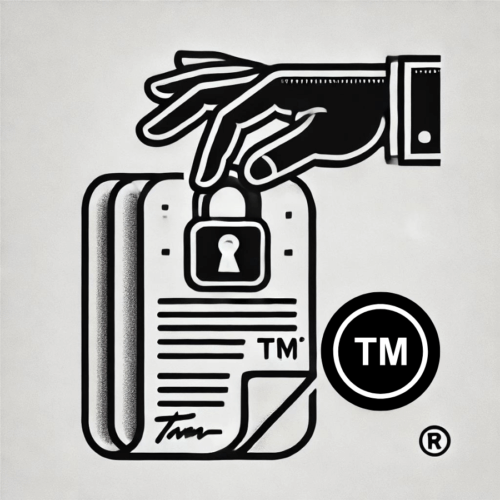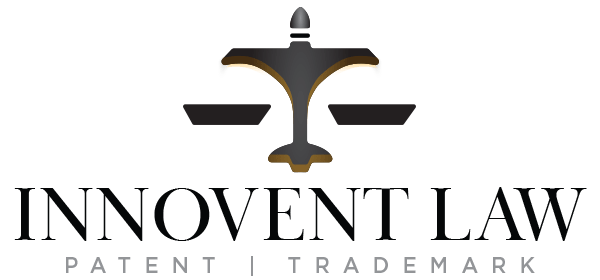5 Ways to Detect a USPTO Scam for Patents and Trademarks
Protect Your Intellectual Property from Scams
Imagine losing your hard-earned money, patent or trademark to a scam—don’t let it happen to you. In today’s digital age, scams targeting inventors and businesses are becoming increasingly sophisticated. USPTO scams—fraudulent activities that exploit the patent and trademark registration process—are on the rise. These scams can lead to significant financial loss and damage to your intellectual property rights. In this post, you’ll learn five proven strategies to detect and avoid USPTO scams, ensuring your inventions and brand identity remain secure.
What Are USPTO Scams?
USPTO scams involve fraudulent schemes that mislead individuals and businesses into thinking they are dealing with the United States Patent and Trademark Office (USPTO) or an official USPTO representative. Scammers typically pose as legitimate entities, offering fake services, demanding unnecessary payments, or stealing sensitive information. These scammers can target anyone involved in the patent application process or trademark registration, making it essential to stay vigilant.
5 Ways to Detect a USPTO Scam
-
Suspicious Emails and Letters
One of the most common forms of USPTO scams is through emails and letters that appear to be official but are not. These correspondences often include fake USPTO logos or similar-looking letterheads to deceive recipients. To identify a trademark scam or patent scam through email or postal mail, look out for:
- Unofficial Email Addresses: Scammers often use email addresses that are not associated with the official USPTO domain. Always verify the sender’s email address.
- Urgent Payment Requests: Legitimate USPTO correspondence never demands immediate payment. Be wary of any email or letter that insists on urgent action.
- Poor Grammar or Spelling: Scammers often make mistakes in their communications, including poor grammar, misspellings, or awkward phrasing.
If you suspect you’ve received a fraudulent email, refer to the USPTO’s guidelines on Email Scams to verify its authenticity.
-
Unexpected Phone Calls
Scammers may also reach out via phone, claiming to represent the USPTO or a related organization. These calls can be tricky because they may use “spoofing” technology to make it appear as though the call is coming from a legitimate source. To avoid falling for a USPTO trademark scam or patent scam over the phone:
- Verify Caller Identity: Ask for the caller’s full name, department, and a callback number. Then, cross-check this information with official USPTO contacts.
- Beware of Information Requests: The USPTO will not ask for sensitive information, such as Social Security numbers or credit card details, over the phone.
- No Pressure: Scammers often create a sense of urgency. If you feel pressured to act quickly, it’s a red flag.
For more tips on handling suspicious calls, visit the USPTO’s page on Spam Calls.
-
Inconsistent or Incorrect Information
Another hallmark of USPTO scams is the presence of inconsistent or incorrect information in communications. This might include incorrect application numbers, filing dates, or trademark details. If you receive any correspondence that doesn’t match your records, it’s a cause for concern. Always cross-reference with your official USPTO account or consult with your patent attorney or trademark attorney to verify the information.
-
Demands for Immediate Payment
Scammers often demand immediate payment, claiming that failure to comply will result in the loss of your patent or trademark rights. However, legitimate USPTO requests will never pressure you for instant payment. Always take time to verify the request before making any payments. If in doubt, log into your USPTO account directly to check the status of your applications and any pending fees.
-
Offers Too Good to Be True
Scams frequently involve offers that seem too good to be true, such as “expedited” services at a discounted rate. While the USPTO does offer legitimate expedited services, these are typically well-documented and come with standard fees. Be cautious of any unsolicited offers and verify with official USPTO channels before proceeding. You can learn more about recognizing these scams on the USPTO’s page on Common Scams.

What to Do If You Suspect a Scam
If you suspect that you’ve encountered a USPTO scam, it’s crucial to act quickly. Here are the steps you should take:
- Report the Scam: Notify the USPTO about the scam by using their online reporting tools or contacting their support team directly.
- Consult with a Patent/Trademark Attorney: A trusted patent/trademark attorney can help you navigate the situation and ensure that your intellectual property remains protected.
- Secure Your Information: Change any passwords or security questions associated with your USPTO account and monitor your credit report for suspicious activity.
For more detailed guidance, refer to the USPTO’s resources on Recognizing Common Scams.
Protecting Your Patents and Trademarks
To safeguard your patents and trademarks from scams, consider these best practices:
- Work with a Trusted Attorney: An experienced attorney can help you navigate the patent process and trademark registration, ensuring that all communications are legitimate.
- Stay Informed: Regularly check the USPTO website and other official sources for updates on scams and fraud prevention.
- Be Vigilant: Always question unsolicited offers or requests for information, and verify their authenticity before taking action.
For more information on how Innovent Law can assist you, explore our USPTO trademark process page, or contact us directly through our contact page.
Stay Vigilant Against USPTO Scams
USPTO scams are a growing threat, but by staying informed and vigilant, you can protect your intellectual property. Understanding the warning signs and taking proactive steps will help you avoid falling victim to these fraudulent activities. Don’t let scammers steal your hard-earned ideas—schedule a consultation with Innovent Law today to secure your patents and trademarks.
